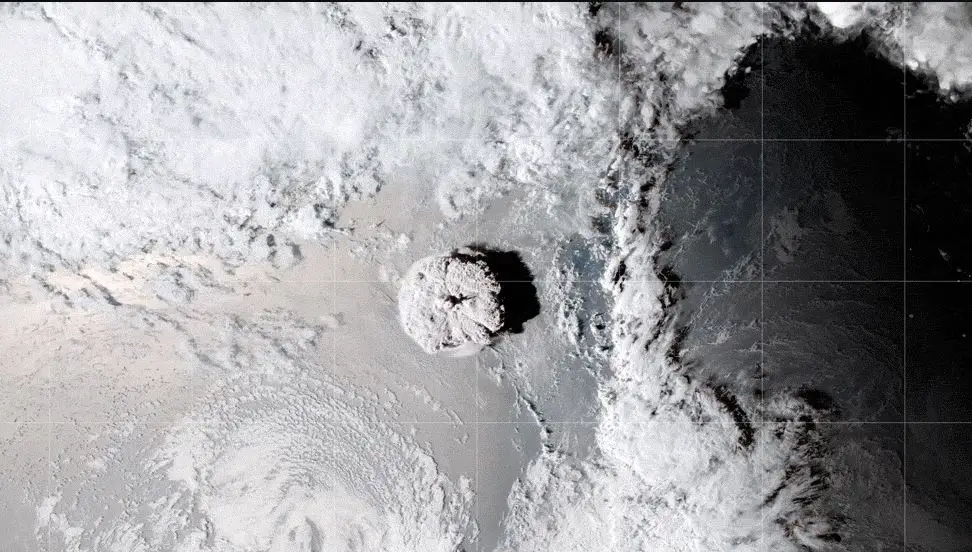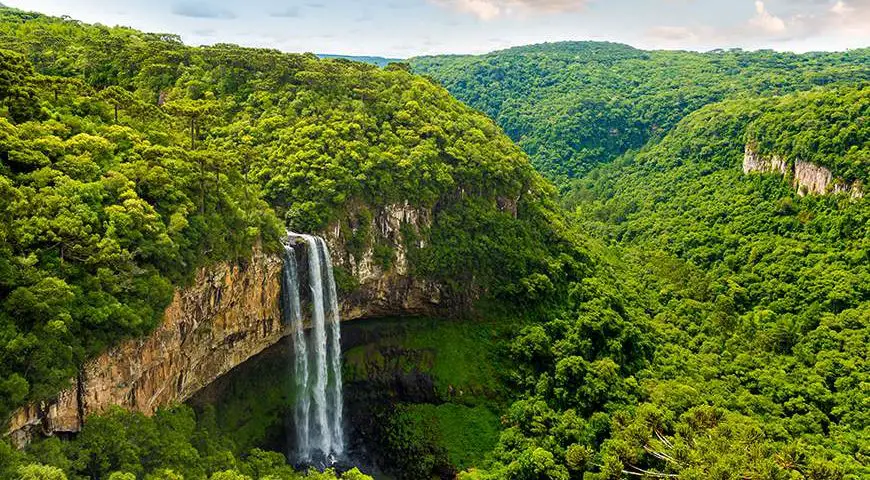Whether it’s accidentally using plastic as food or accidentally swallowing it while filtering seawater, marine animals will always inadvertently ingest plastic products.
So as filter feeders, how much plastic do blue whales eat each day?
The way blue whales eat is to open their mouths, filter the food from the seawater and swallow it. According to a US study, blue whales eat 10 million pieces of plastic every day, and the culprit is not sea water, but krill.
The research builds on more than a decade of data collection and analysis through drone observations, non-invasive tags, whale feeding areas and krill colonies, and the team combined this information with measurements of microplastics off the coast of California stand up,
They found that whales move between 50 and 250 meters underwater, which is where the density of microplastics is highest in the ocean.
Matthew Savoca, a marine biologist at Stanford University, said that while blue whales are big. But in fact, their position in the food chain is lower than imagined, so there will be so many microplastics, that is, “krill eat plastic, whales eat krill”.
It is estimated that blue whales eat about 10 million pieces of plastic debris every day, which is about 45 kilograms (100 pounds).
At the same time, the team also studied the ingestion of plastic particles by humpback whales and fin whales.
Microplastic on Fish and Krill
The average humpback whale is about 15 meters long, about half the size of the blue whale, and feeds mainly on herring and anchovies.
About 200,000 pieces of microplastics are ingested per day; fin whales, whose menu includes both krill and fish, are estimated to consume 10 million pieces of microplastics per day, or about 43.5 kilograms (96 pounds).
Shirel Kahane-Rapport, lead author of the study, believes that more research is needed to understand the effects of microplastics on krill, fish, and whether they will feel full from eating plastics.
It ends up making the krill, known for their krill oil, less nutritious, or the fish emaciated and less plump.
Kahane-Rapport believes that if there is a lot of food without a trace of nutrients, then the whales are wasting time eating junk food.
Therefore, the next step for the team is to understand the impact of microplastics on krill and fish.




